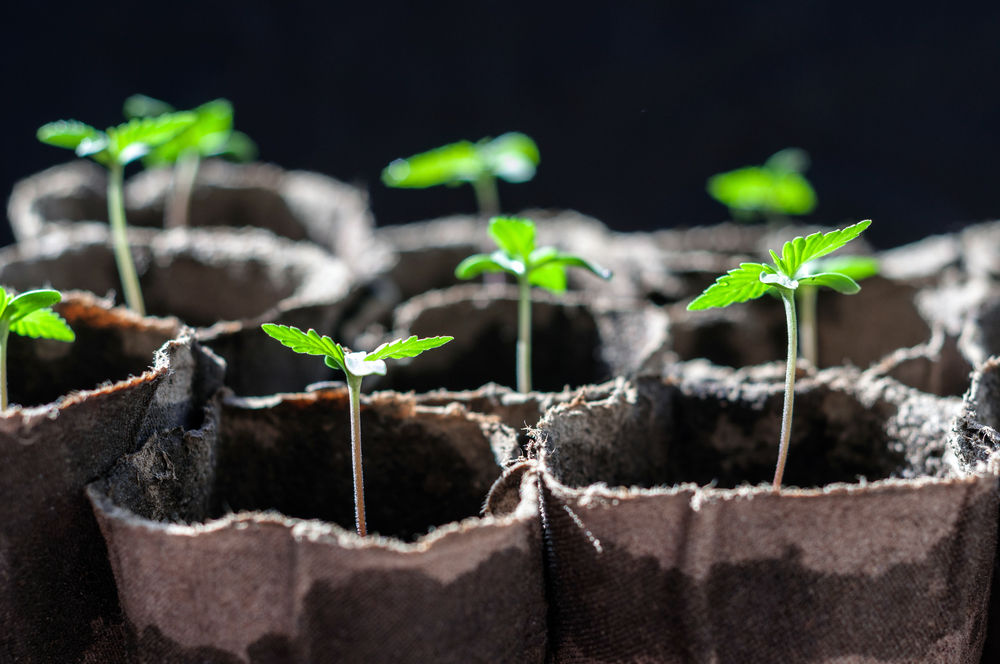Industrial hemp farming has never been as rewarding as it is today in the United States. Ever since the legalisation of hemp growth and trading in 2018, the business has boomed. It all started several decades ago when activists pushed for the legalisation of cannabis.
In 2018, President Trump signed the Farm Act which permitted the growth of Cannabis sativa throughout the United States. This was a great step in the hemp business because a lot of companies sprouted to provide hemp oil and CBD as well as Textile products.
Many people have wanted to join the business venture, but; they have not been able to access enough information on how to grow hemp. Below are a few steps that define the guide to growing hemp for commercial use:
- Get your license
When you want to grow industrial hemp, you have to contact the state department of agriculture to get a permit to produce it in bulk. In tandem with the 2018 Farm Act, you must obtain a legal permit to allow you trade or grow Cannabis sativa especially for commercial or industrial use.
- Find a buyer
The next step is to contract a buyer. Apply for a production contract with the right companies if you want to get high returns. Many established companies in the hemp industry are looking for farmers to provide the raw materials for their products.
Remember, the hemp provides medicine, seeds, fibers as well as other products. It is also an important high protein food that will be used for the growing population. Hemp oils are rich in Omega-3 and 6 fatty acids. So, make sure to choose your buyer before you start farming hemp.
- Checchi and Magli: Get proper right hemp machines
Your contracts might require you to provide hemp in bulk. You have to use advanced machinery and equipment so that you can meet your quota. To do this, you need to find a trusted farm equipment machine and equipment provider.
Checchi and Magli Company have been around since 1976. It has provided some of the most advanced farm machines as well as nursery seedling transplanters. The Bologna-based company has branches in the United States that continue to provide high-quality machines locally. The farm machines include cultivators and combined harvesters.
Do you have equipment for nursery bed preparation? Transplanting is one of the most important steps of cultivating your hemp. Make sure to do it carefully because the seedlings are quite delicate.
There are a lot of risks that face the plant which include delicateness and bad weather. To lessen transplantation risks, you need to do it with little or no interruption. Checchi and Magli hemp machines are well fitted with advanced technology to help you transplant your cannabis products and seedlings in a safely.
- Your soil quality
It is very crucial to find out what kind of soil you are using to grow hemp. Remember, hemp doesn’t really require special soil conditions. Also, you need one that can simply sustain your plant. However, you must get high fertile soils for your plants if you want them to give you maximum yields.
Again, if you already have a large field, you may want to get soil testing kits from extension officers in the state in which you want to run the farm so they can give you information about soil fertilizers and enrichment products that you are going to start using.
The idea that hemp can be grown anywhere therefore becomes a myth. The best soil for cultivating hemp should be well-aerated loam soil that has high fertility and lots of organic content. Also, the pH level should be between 6.0 and 7.5.
- High Quality Hemp Seeds
Once you have information from the soil analyst, the next step is to choose your hemp seeds or cannabis clones wisely. Understand that some of these seedlings will give rise to cannabis plants with large stalks or fiber, which is basically supposed to be for textiles. But, if you want CBD-plants, then you should find seedlings that can give you the component in large concentration.
Get seedlings that have been verified to provide high-quality amounts of the specific component that you want. Specialist and smart farmers are opting to use the hemp clones because they are actually tested. A clone is simply a cutting from its mother plant. The clippings are then put into the soil to grow their own roots and then transplanted to the land.
- Planting hemp
Once you obtain your seedlings or clones, it is time to stick them into your field. But, it’s not just about putting the seedlings into the soil. If you want high quality trees, then you have to pay attention to the planting procedure.
First, pick the best seedlings for planting. Then, if you are not using artificial methods of farming such as greenhouses, be sure to plant on the best dates that you can do best for your plants.
America has different growing zones, so this will highly depend on your state or region. The rule of the thumb is to plant your seedlings after frost. Get the soil temperature at around 46 to 50 degree Fahrenheit and, the soil moisture about 0.75 to around 1.25.
Space your plants appropriately to avoid unnecessary congestion or competition. An acre should support about 1,500 plants for hemp oil plants. If you are looking for fiber plants, then you can even stick around 30 thousand pieces.


